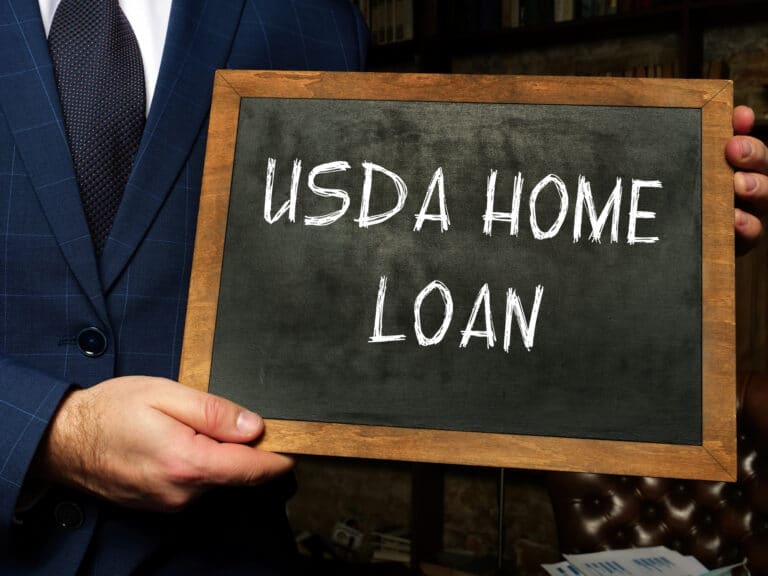
The USDA determines eligibility based on household size, geography, and standard loan criteria like income and credit score.
In most areas of the country, a 1-4 person household must earn less than $91,900 annually, and a 5-8 person household must earn less than $121,300 annually to qualify for USDA assistance.
The USDA home loan program is a government-backed mortgage program.
USDA loans are one of the greatest mortgage financing choices available to qualified buyers.
Due to the absence of a down payment, mortgage insurance rates are usually lower than those associated with conventional or FHA loans. USDA financing rates are often lower than those in the private sector.
To qualify for 100% financing, homebuyers and homeowners must meet the US Department of Housing and Urban Development’s requirements. These loans are insured by the USDA.
USDA loan conditions are often more lenient than those of other financial sources.
USDA qualification standards
- 640 credit score
- History of credit
- A minimum income of $91,900 is required.
- Must have a reliable source of income and a history of employment
- Must be placed inside a designated region
- You must reside in a single-family residence as your primary residence.
- A 30-year fixed-rate loan has a maximum term of 30 years.
USDA income restrictions
The USDA’s income restriction is 115 percent of the normal income in your area (AMI). This means your household income cannot be more than 15% over the community median.
The exact cost varies depending on your location and family size. Thanks to a USDA initiative, families with 5-8 members can earn more than families with 1-4 members.
The USDA also has stricter income standards in places where employees are paid more than the national average.
USDA eligibility for real estate
This mortgage program, technically known as the “rural development loan,” is administered by the USDA and is intended to encourage homeownership in underserved areas of the country.
As a result, only loans in “rural” areas that meet certain criteria will be guaranteed by the United States Department of Agriculture.
But don’t let that deter you. In fact, the USDA’s definition of “rural” is slightly more unclear than you might expect.
It is not necessary to own a large amount of land or work in agriculture in order to become USDA eligible. Simply residing in an area with sparse population is all that is required.
Mortgage insurance requirements of the USDA
Borrowers who take out USDA loans help ensure single-family homes.
The USDA rural development program is kept affordable by charging homeowners mortgage insurance.
The USDA last adjusted its mortgage insurance rates in October 2016. Those rates remain in force.
Currently, mortgage insurance premiums are set at:
- A 1% one-time fee is assessed based on loan size (can be rolled into the loan balance)
- A 0.35 percent annual fee is charged on the remaining principal.
Make sure you’re eligible for the USDA.
USDA receives a percentage of the monies collected from USDA loan borrowers for the single-family home guarantee program.
To keep the USDA rural development program affordable, the government charges homeowners who participate mortgage insurance premiums.
USDA mortgage insurance rates were last modified in October 2016, more than a year ago. At the present, those rates remain in effect.
Mortgage insurance premiums are currently set at the following levels:
Each loan, regardless of its size, is assessed a one-time cost of one percent (can be rolled into the loan balance). A 0.35 percent yearly fee is assessed on the account’s remaining principal amount.